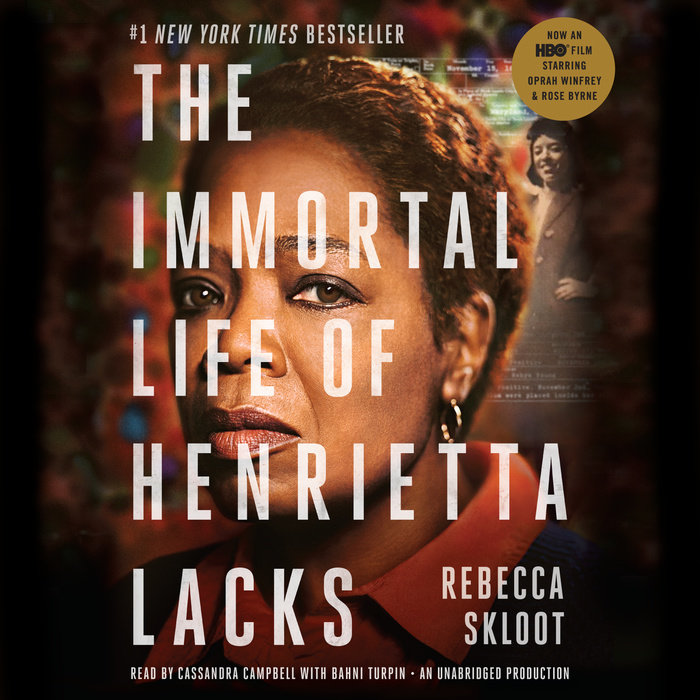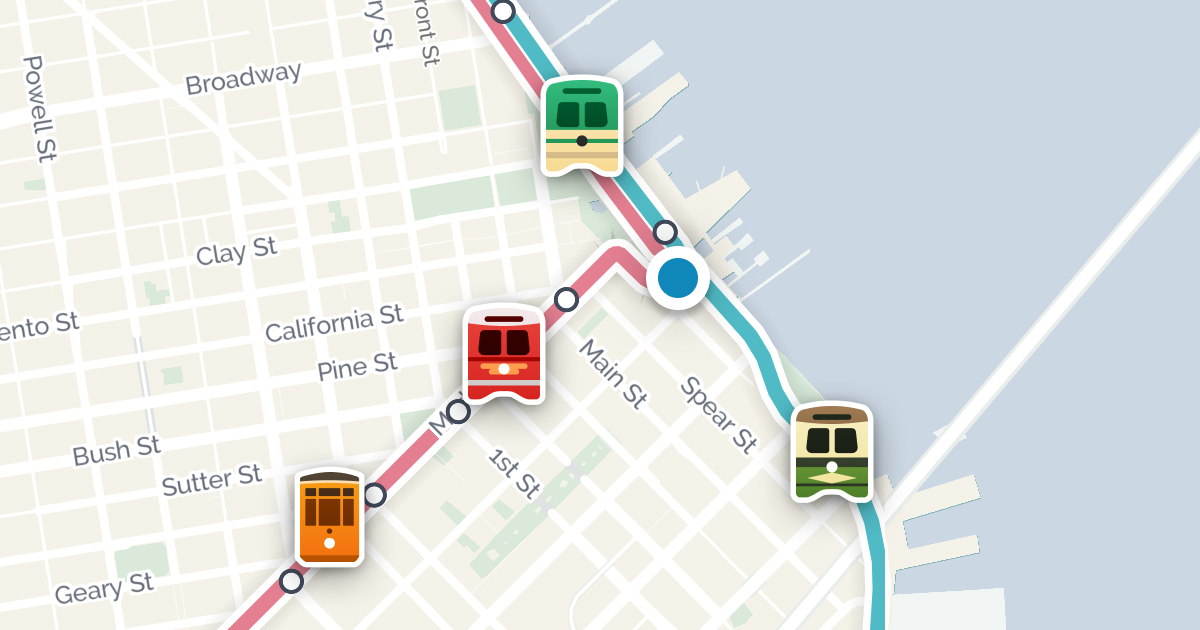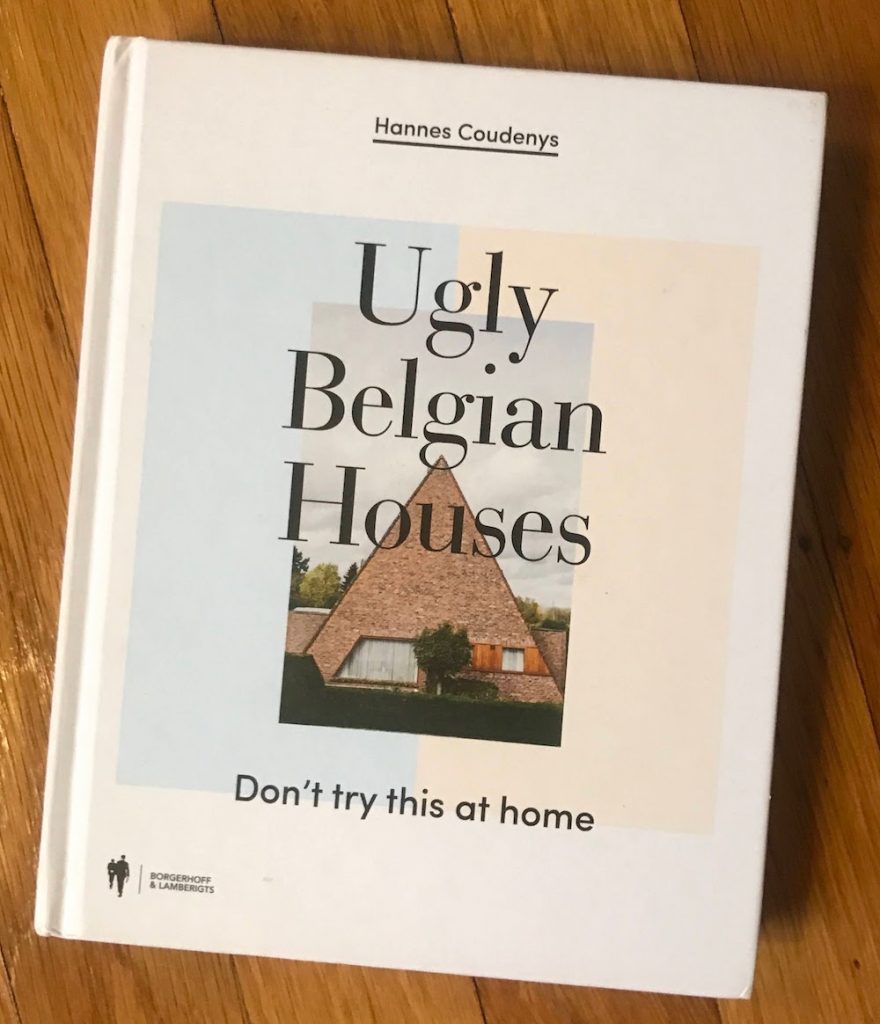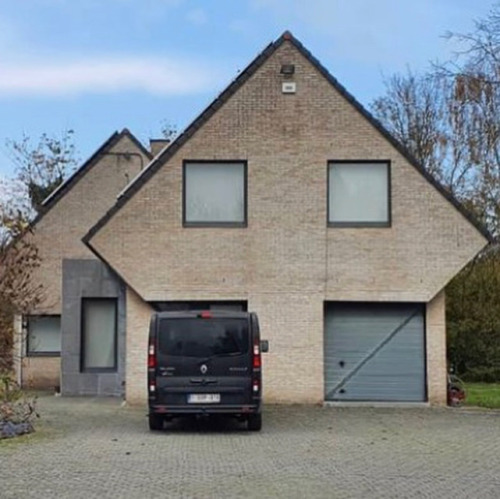I don’t often write about video media, but I enthusiastically recommend the lovely, bittersweet animated series Don Hertzfeldt has been building, currently up to three episodes.
My synopsis of the first episode (2015): a woman from the future visits her toddler self, to explain that someday she will be cloned, and her memories will be transferred to her future clones. The toddler and her future self explore the beautiful, colorful, abstract, terrifyingly glitchy future, in which time travel tourism sometimes gets you killed.
To prevent spoilers, I will not share a synopsis of World of Tomorrow, Episode Two: The Burden of Other People’s Thoughts (2017)(vimeo.com), but the sense of risk and quest to find a meaning in life that you can accept continues, and the toddler’s future woman clones become more adventurous!
World of Tomorrow, Episode Three: The Absent Destinations of David Prime (2020)(also vimeo.com) is a painful, funny, complex adventure in which the woman clone from the future leaves clues to a man clone of the future so they can connect somewhere in time, though the effort seems increasingly likely to get him and his future clones killed.
These short, poignant, funny, philosophical films earned all the awards they have been given and deserve even more. The simple stick figures make the characters feel innocent and universal; the abstract backgrounds and art are great; the use of his toddler relative’s voice is brilliant; and the way all of these stories reflect a human struggle to find meaning makes these emotionally moving. I recommend these zealously, regardless of your tastes!





